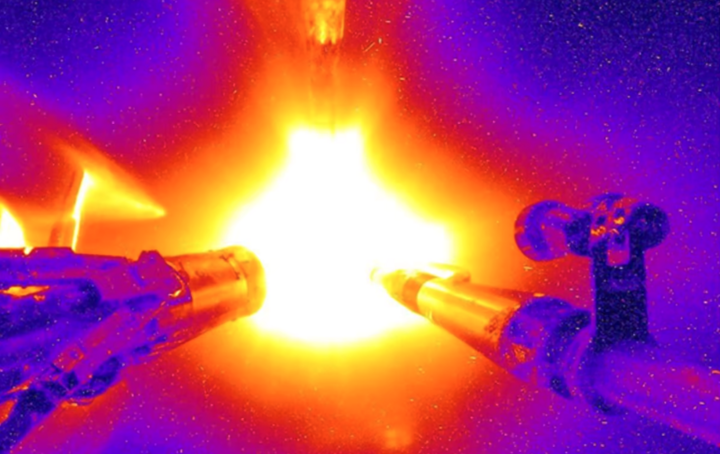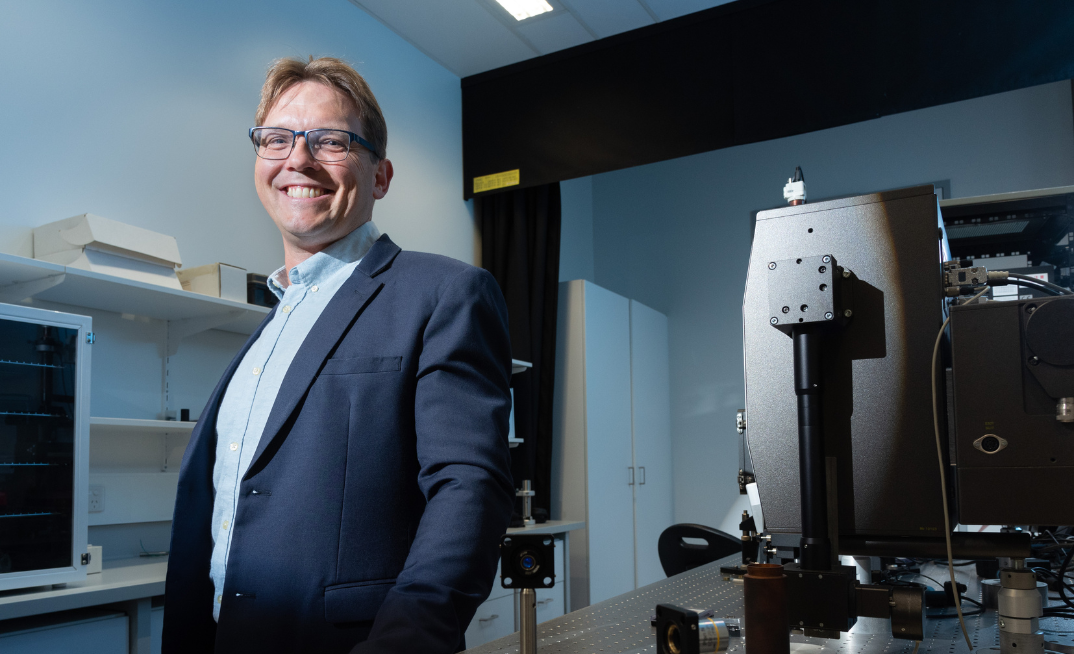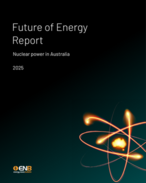A laser-driven experiment in California has more than doubled its previous fusion energy yield, marking a major breakthrough in the global race to build commercial fusion reactors—while raising fresh warnings that Australia risks being left behind.
The National Ignition Facility (NIF), based at Lawrence Livermore National Laboratory in California, has delivered a record 8.6 megajoules of fusion energy in its latest test. That's up from 5.2 megajoules earlier this year and more than double the 3.15 megajoules achieved in its historic December 2022 ignition shot.
While the facility still requires around 300 megajoules to fire its 192 high-powered lasers—meaning it remains far from delivering net electricity to the grid—the latest breakthrough pushes fusion further from the realm of science fiction and closer to commercial feasibility.

YOU MIGHT ALSO LIKE
Dr Warren McKenzie, founder and managing director of Australian fusion start-up HB11 Energy, said the result fulfils the promise of inertial confinement fusion (ICF) as the leading pathway to real-world energy generation.

"This sets a new benchmark for gain—the ratio of fusion energy output to laser energy input," Dr McKenzie said.
"It's a critical datapoint for laser fusion companies like ours as we refine and optimise the next generation of fusion engines."
Fusion energy, which powers the sun and stars, has long been viewed as the "holy grail" of clean energy. Unlike fission, fusion does not generate long-lived radioactive waste and poses no risk of meltdown. Its fuel—typically isotopes of hydrogen—is abundant, and it offers the potential for virtually limitless energy without greenhouse gas emissions.
But commercial fusion has remained elusive for decades. The major challenge is achieving a net energy gain—where the energy produced by the fusion reaction exceeds the energy required to initiate it.
NIF's laser-based approach differs from the magnetic confinement method used by ITER in France, which aims to contain superheated plasma using superconducting magnets. Instead, ICF focuses intense laser beams on a tiny pellet of deuterium and tritium fuel housed in a gold cylinder, or hohlraum. The lasers vaporise the cylinder's inner walls, generating X-rays that compress the fuel to extreme temperatures and pressures, initiating fusion.

Crucially, NIF's recent breakthrough suggests that the fuel is now sustaining a "propagating burn"—where the reaction spreads through the fuel, rather than sputtering out.
"Much like lighting a stick of wood, a flame must generate enough heat to ignite the next section to produce a self-sustaining burn," said McKenzie.
"Only laser inertial confinement fusion has achieved this, which is essential to produce a commercial level of fusion energy."
McKenzie credits part of the technological progress to the legacy of Australian physicist Heinz Hora, who developed early theoretical models of laser fusion and co-founded HB11 Energy.
"Heinz was one of the few pioneers to propose how ignition could be reached with lasers," he said.
"His vision led to the founding of HB11 at a time when few believed laser fusion would work for energy production. Now it's the focus of major national strategies around the world."
HB11 is carving out a niche in the global fusion race by using a different fuel—hydrogen and boron-11—which is safe, abundant, and does not produce high-energy neutrons. That eliminates one of the main engineering challenges associated with tritium-based designs: radiation damage to reactor materials.
"Boron fuel is cheap, safe, and doesn't produce neutrons," said McKenzie.
"We're also working on high-efficiency laser systems and simulation tools to design the first cost-effective commercial fusion plant."
HB11 recently signed a memorandum of understanding with the University of Adelaide and has attracted global investor attention. But McKenzie said the absence of a coherent national policy risks leaving Australia on the sidelines.
"Fusion will provide most of the world's energy by the second half of the century," he said.
"Supporting the development of the fusion sector could secure Australia's place in a future energy export market that rivals what we see today—nearly 18% of GDP."
By contrast, other nations are pouring resources into the sector. The United Kingdom has a detailed fusion strategy and is backing private ventures like First Light Fusion and Tokamak Energy. The US Department of Energy recently committed US$1.4 billion to fusion energy development, and the EU has tied fusion into its Horizon Europe and Net Zero Industry Act funding programs.
Japan, China, and South Korea also have advanced fusion programs and are actively positioning themselves to benefit from first-mover advantages in fusion supply chains, reactor manufacturing, and fuel processing.
"Every other major Western nation either has a national fusion energy strategy or is developing one," McKenzie said.
"Australia does not. Without one, we'll have an energy security issue—relying on other nations for power and having no influence on the price we pay for it."
Industry estimates suggest commercial fusion could become viable within the next two decades, with the Fusion Industry Association forecasting that the first grid-connected fusion power plants could be operating by the early 2030s.
Private investment into fusion companies surged to over US$6 billion globally as of 2024, including major stakes from investors like Breakthrough Energy Ventures, Google, and Temasek. Start-ups such as Helion Energy, TAE Technologies, and Focused Energy are all advancing toward commercial demonstration projects.
"There is now a credible fusion industry emerging—and Australia risks missing it altogether," said McKenzie.
"We need coordinated investment, regulation, and talent development, not just occasional grants."
The Albanese government has emphasised clean energy investment through its National Reconstruction Fund and Powering Australia plan, but fusion is not currently a major focus.
McKenzie argues that must change.
"Australia has world-class laser physics, computing, and materials science capability. We could be a global leader in fusion technology—if we act now."
In the meantime, breakthroughs at NIF and progress among global competitors are accelerating. The next few years are likely to be decisive.
"Fusion is no longer 50 years away," McKenzie said.
"The train is leaving the station. The question is: will Australia be on board?"























